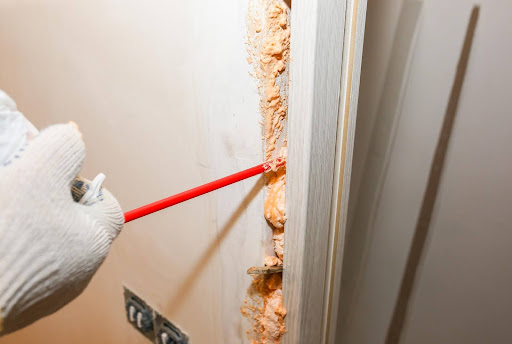Are you considering adding insulation to your home or business, but can’t decide between spray foam vs fiberglass? Look no further! Energy efficiency and cost-effectiveness are top priorities when it comes to building or renovating.
So, which material will give you the best bang for your buck? It’s a debate that has been ongoing for years, with both sides having their pros and cons. That’s why we have crafted this ultimate guide to help you navigate the complexities of choosing between spray foam and fiberglass as insulation materials.
Get ready to uncover the truth behind these two popular insulation materials. Make an informed choice for your next project.
Advantages and Disadvantages of Choosing Spray Foam
Spray foam is a popular choice for insulation materials. It is due to its ability to provide an airtight seal that prevents heat from escaping or entering a building. One of the main advantages of spray foam insulation is its high R-value. This measures how well a material resists heat flow.
This makes it more effective in insulating than traditional materials such as fiberglass or cellulose. Yet, spray foam can be expensive and may need professional installation. This makes it a less cost-effective option for some.
Additionally, if not applied properly, it can create an airtight barrier that can trap moisture and lead to mold growth. Lastly, spray foam contains chemicals that can be harmful to the environment and human health.
It can release toxic fumes during installation and may not be suitable for those with allergies or sensitivities. Thus, spray foam insulation has many benefits so is important to choose the best and cheapest installation cost. Asses also the potential risks before choosing it as an insulation material.
The Ups and Downs of Fiberglass as an Insulation Material
Fiberglass has been commonly used as an insulation material due to its affordability and availability. One of the main pros of using fiberglass is its effectiveness in retaining heat and reducing energy consumption. Its lightweight nature also makes it easy to install. However, there are downsides to using fiberglass as well.
It is a known lung irritant and can cause respiratory issues if not handled properly. Fiberglass also has a limited lifespan and can become less effective over time. Another downside is that it is not environmentally friendly as it is not recyclable.
It can also be easily damaged by moisture, reducing its insulation capabilities. While fiberglass may have its benefits as an insulation material, it is important to weigh its pros and cons before choosing it for a building.
Explore the Pros and Cons of Spray Foam vs Fiberglass as Insulation Materials
Knowing the difference between spray foam vs fiberglass offers valuable benefits and drawbacks. While spray foam provides better energy savings and air sealing capabilities, fiberglass is more cost-effective and easier to install. Ultimately, the decision between the two will come down to the specific needs of each project.
If unsure, consult with a professional to determine the best option for their home. Don’t overlook the importance of proper insulation. Create a well-insulated and comfortable living space.
Like this article? Read more about these topics on our blog.
Keep an eye for more latest news & updates on Essential Tribune!








